Originally published www.ehealthireland.ie/Case-Studies/Model-Community
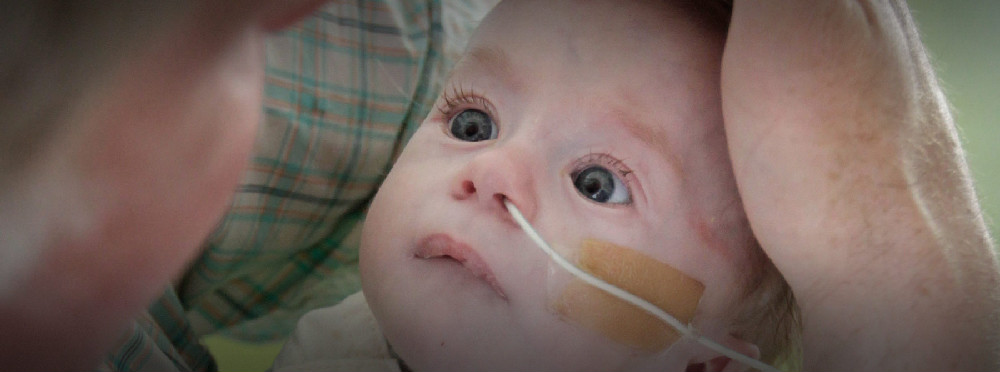
Written by Elaine Naughton
Introduction
LauraLynn is Irelands only hospice for children with life-limiting conditions and also provides residential care for young adults with disabilities. They employ approximately 120 staff within their teaching, fundraising and care provision departments.
The hospice has evolved over many years, from its beginnings in 1925 as a convalescence home for children from the inner city, to the opening in 2011 of LauraLynn House, a dedicated 8 bed children’s palliative care unit. This award winning healthcare building and its everyday operations are funded by the generous support of donors.
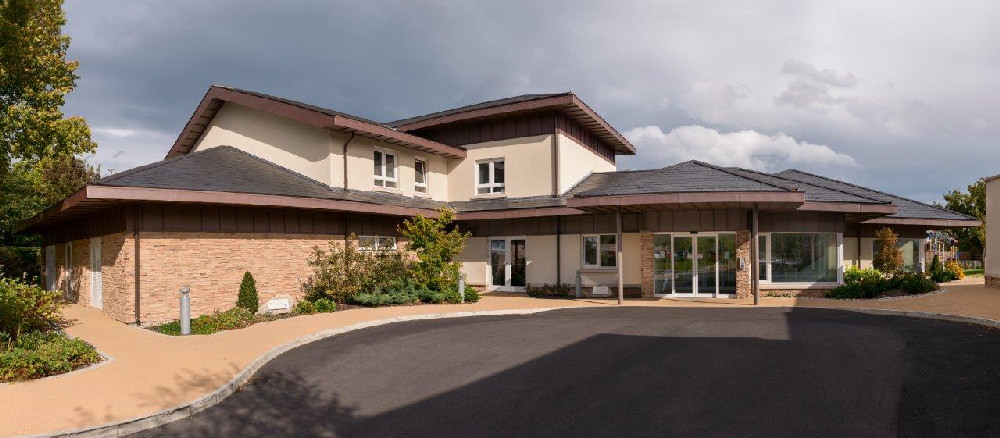
On their 3.6 acre site in Leopardstown, in addition to LauraLynn House are Hazel House, Holly Oaks and Willow View, which were formerly known collectively as Children’s Sunshine Home. Within these residential houses they provide care for young people with intellectual disabilities and funding is provided by the HSE.
A recently established Clinical Education and Research Department provides training programmes tailored to meet the key needs of the evolving disciplines required by health professionals working in the relatively new specialty of children’s palliative care.
A global MIS system has been on the cards there for almost 4 years. In this document we discover what the motivation was, and how technology, for them, is helping them to make the most of short and precious lives.
The Challenge:
The team at LauraLynn recognized a number of risks in their existing systems ranging from:
- handwriting legibility,
- language barriers,
- standardisation of forms: there were upwards of 90 forms in use across the various teams, clinical, psychological, social, nursing etc.
- duplication of data
- time constraints associated with paper-based recording and processing of data
In addition, there were issues with the storage of paper and the amount of space that takes up, along with the underlying fire hazards.
Psychologists and social workers held separate sets of notes on each child, a very siloed approach to patient care, and was not ideal.
The recording of medical details, treatments and observations were being recorded in an inconsistent way.
There was no method of data analytics e.g. The only way to find out how many patients were resident in a previous month, or how many came from a particular county, was to go and count records manually.
Paper based referrals bring their own problems. At the moment referrals could come from anywhere, as the referral form is on the LauraLynn website and can be filled in by anyone from a GP to a Jack-and-Jill carer to parent or grandparent and no formal process exists outside of this.
Planning and scheduling respite care for the 110 active users is a quarterly exercise that takes 2 clinicians away from patients for up to two days at a time: There are 8 respite beds in LauraLynn House. Each child has a yearly allocation of between 18-24 nights and the scheduling exercise involves cross referencing bed types, equipment needed, age ranges, level of care required etc. so that activities and staff rosters can be tailored to the children’s cognitive abilities and needs during their stay.
It also required manual calculation of the balance of nights available to each child.
Another requirement identified was for the LauraLynn@HOME Programme. Launched in June 2014 for home care and is provided by 2 teams that cover most of Leinster. These teams had no consistent way of sharing information with other organisations that also provide care in the home e.g. Helping Hands, Jack and Jill etc. or with parents. In a paper-based system this involved duplicate copies of patient records kept by each party, records were updated in the home and then again when the carer returned to Laura Lynn house, a clear duplication of effort and inefficient use of the carer’s time.
In short there were numerous areas where technology, and specifically an EMR, was identified as being able to assist and improve the administration and care of the children and young adults availing of the services of LauraLynn. When they started to look at the potential of an EMR, this list quickly grew into a wish list, meaning the project would require a Phase 1 for imperative improvements, followed by a Phase 2 which would develop the solution and bring further enhancements.
The Solution:
Four years of planning, and careful consideration of the requirements and specific needs of the precious inpatients of LauraLynn has resulted in the development of their new EMR system using Sláinte Healthcare’s clinician centric EMR, called Vitro.
Vitro, allowed LauraLynn to digitise their existing forms rather than develop new ones they were not familiar with. Therefore, consolidating the number of forms in existence was one of the first tasks undertaken. Upwards of 90 forms were reduced to 26 which were digitized for the phase 1 rollout. Others that it was felt could not be realistically digitized at Phase 1, will be completed manually then scanned into the patient record until such time as a digitized version can be made available.
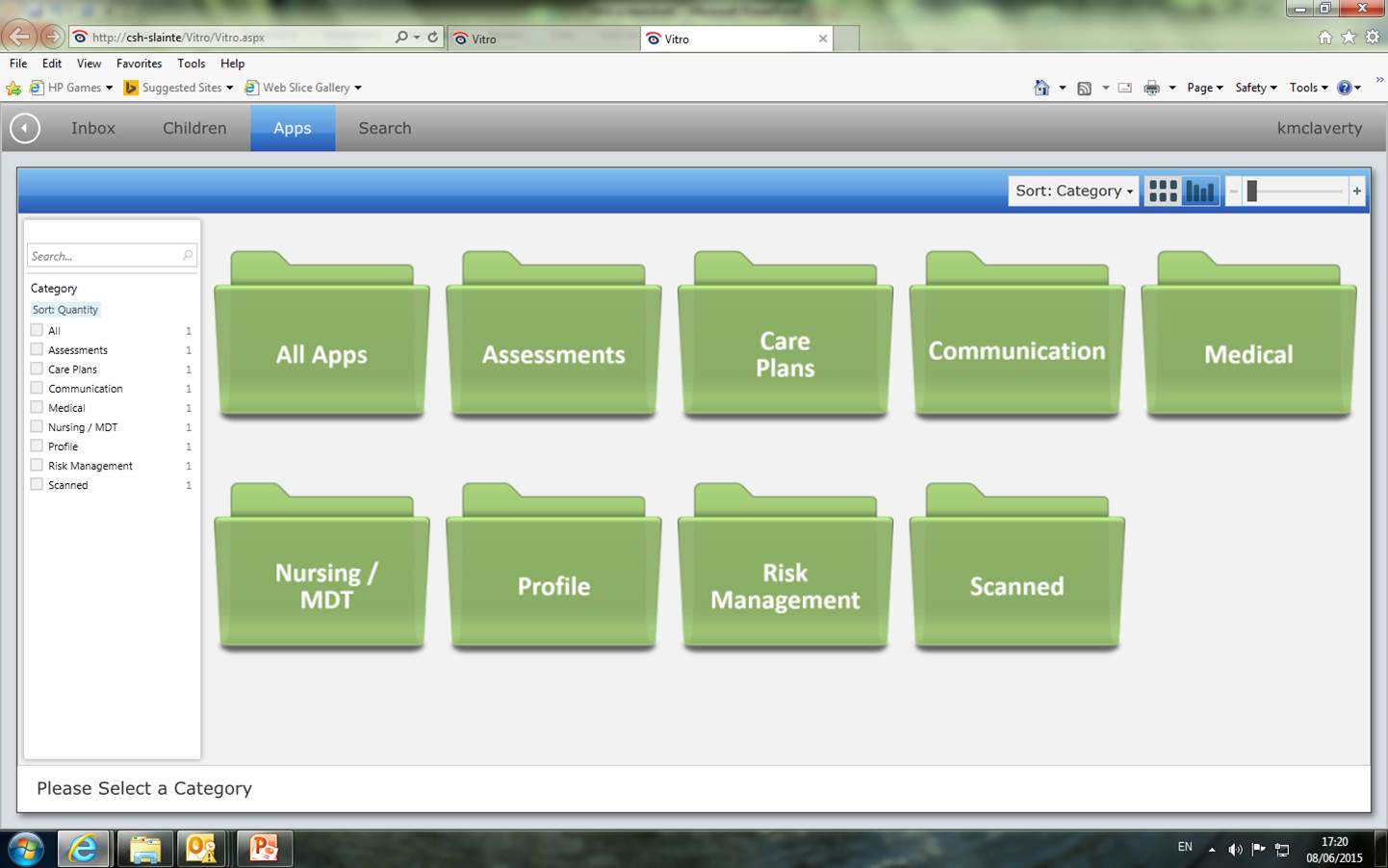
Figure 1 - Vitro App Categories
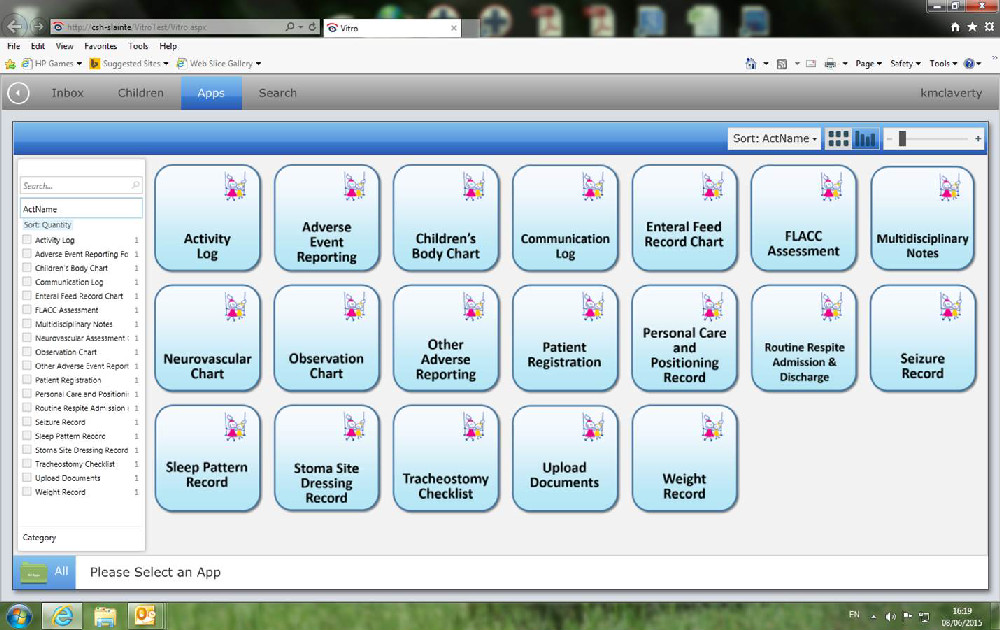
Figure 2 - LauraLynn Vitro Apps
By the official launch date ( 9th June 2015), Phase 1 of the project sees all direct nursing care forms included in Vitro with 70 direct care staff involved in rolling out the system. The forms cover the pathway of care from admission and discharge through to feeding records, Observation charts, positioning records, specific requirements for dressings and even the activities carried out by the patient from day to day.
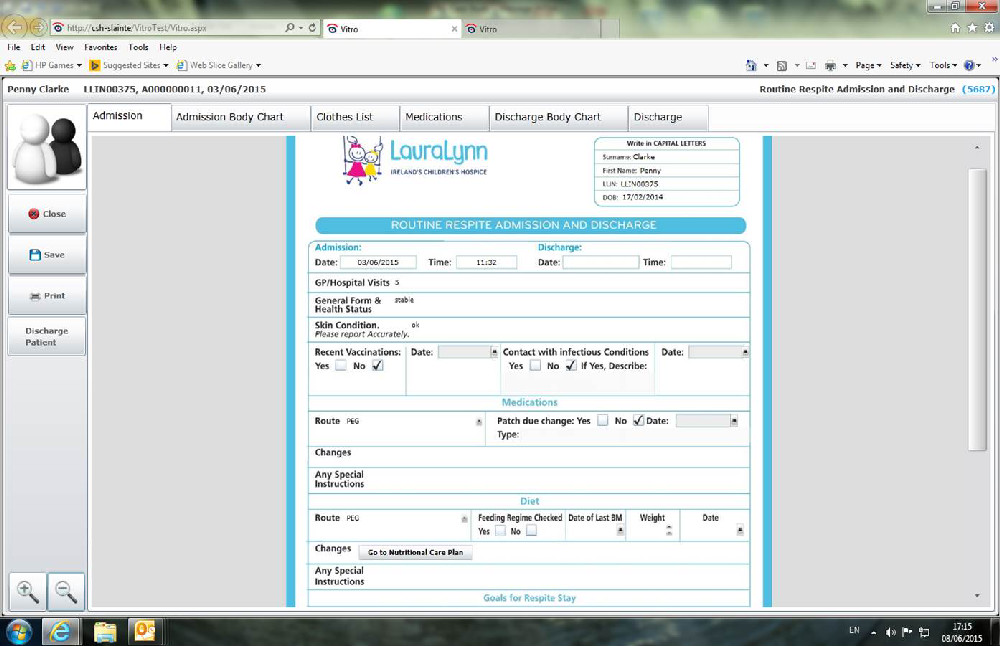
In addition, to address the needs of LauraLynn@HOME programme, an offline tablet or smartphone based record update module has been added to the Vitro system. The records for the patients they are due to see are downloaded onto a tablet or smartphone in advance of the visit and then updated in the field and synchronized on their return.
Future development of this in Phase 2 involves integration/interoperability with the other organisations such as Jack and Jill, and also for parent access to their child’s records.
Phase 2 of the Vitro EMR will address electronic referrals and the respite planning processes outlined previously.
Benefits for all:
It is clear to see that the introduction of the EMR will address the challenges faced by clinicians at LauraLynn each and every day.
Patients:
- Improved safety - All of the outlined risks, from handwriting legibility to handover of care to getting senior clinician signoff on changes to a child’s care record are now handled within Vitro. Forms also have mandatory fields meaning important information cannot be left out.
Clinicians:
- Less time spent on administrative tasks means more time spent providing direct care to the children.
- Having standardized care plans that are clear and easy to read mean that the care can be provided more effectively and with less errors.
- Care plans in Vitro will always be clearly outlined and current and therefore patients will not be subject to out of date practices.
- Mandatory information fields and signature requirements improve security when it comes to amending medication or care plans for a patient.
- The inability to make changes to a record that are not date stamped, tear pages out of a record or re-write up incidents improve accountability of nursing staff and clinicians alike.

Next Steps:
In phase 2 the families themselves will see major benefits when the respite planning module becomes available. It is hoped that this will have an online booking element so that families can list the equipment and bed types they need and be presented with dates on which those items are available.
The admission process itself is currently seen as laborious and can be frustrating for families and parents. Families can bring huge amounts of equipment with their child when they come for respite care. By knowing in advance what equipment is required for each child (as it will be recorded in their EMR from previous visits or via the online respite booking system), means LauraLynn can look at providing a stock of that equipment in-house meaning the family don’t have to bring it all with them.
Similarly all medications prescribed for a child will be held on record so this also cuts down on the amount of time it takes to admit the child and write up what medications they are on and how often they need to be administered.
Conclusion:
The Vitro system and its implementation by LauraLynn Children’s Hospice clearly demonstrates two of the key deliverables of the eHealth Ireland Knowledge and Information strategy:
- Care Delivery Enablement - Provides a series of clinical and care delivery capabilities which systemise previously un-systemised areas/processes thereby allowing electronic data capture, better quality of care, more clinician time spent with patients and greater ability for patients to participate in their own care.
- Electronic Health Records - Creates and enriches the patients’ electronic health records at each interaction and across settings, stores the detailed care information at activity level, and feeds the summary care record to enable cross setting integration.
While Phase 2 will address a third:
- Cross Setting Information Integration - Delivers the required integration, information flows and process standardisation across care settings, enabling the summary care record at a patient level, and seamless patient transition between settings.
We look forward to seeing all of these benefits and more being realized for the many children around Ireland who have been unfortunate enough to have been born with life-limiting conditions. For these children every moment counts…
The momentous endeavours of the LauraLynn Children’s Hospice in introducing an EMR will help them concentrate on their core values:
“putting life into a child’s day, not days into a child’s life”
and
“making the most of short and precious lives”
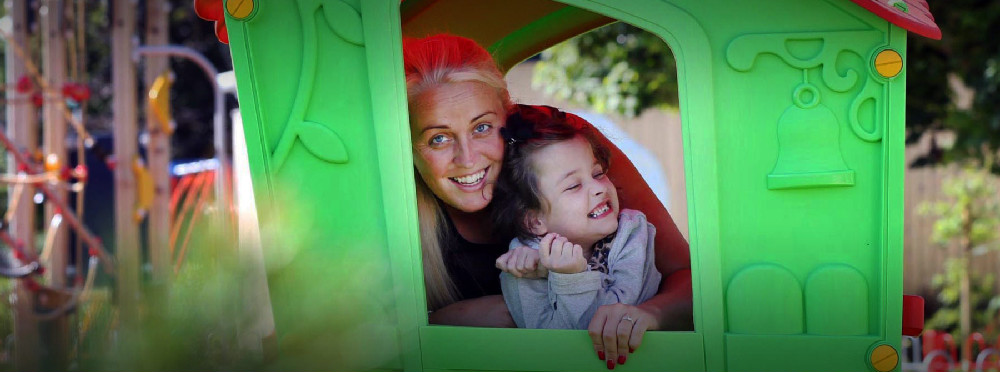
Elaine Naughton, Office of the CIO, HSE
![]()